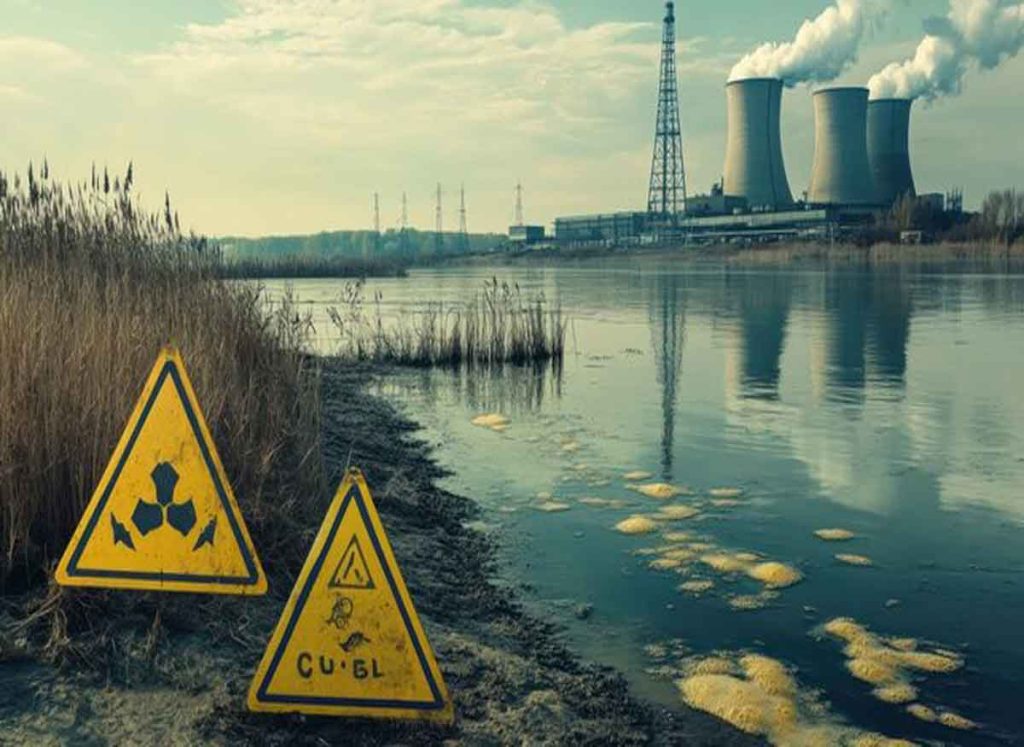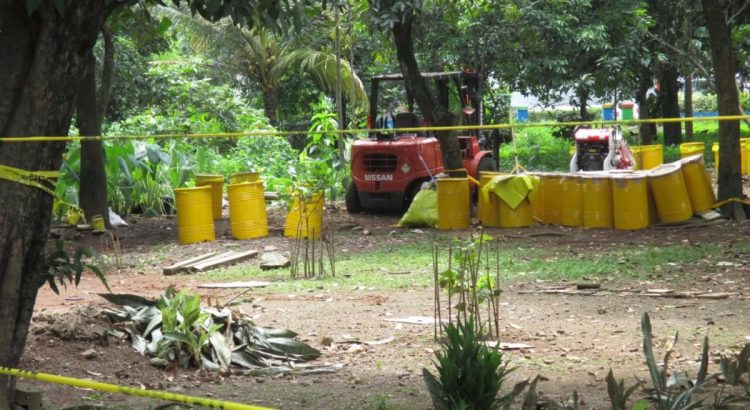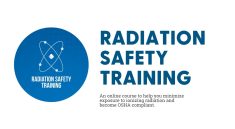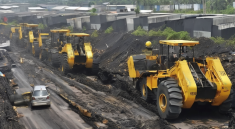ABGX – Radioactive Contamination in Indonesia has drawn public attention as authorities investigate the source and extent of the problem. The issue began after traces of cesium 137 were detected in a shrimp export shipment and in several industrial areas near Jakarta. This finding prompted government agencies to conduct thorough inspections and safety checks to protect communities and the environment. The situation highlights how hazardous materials can enter supply chains unexpectedly and create wide ranging concerns. Officials have mobilized environmental teams to examine affected locations and to ensure that contamination does not spread further. Public communication plays a key role in preventing panic while providing accurate information about the risks and actions taken. The incident serves as a reminder that industrial processes must follow strict safety protocols to avoid accidents that could impact both people and ecosystems.
“Read More: Today’s Technology News That Impacts Your Life”
Investigations Uncover the Source

Authorities immediately launched detailed investigations to trace the origin of the Radioactive Contamination. Initial reports connected the issue to a metal recycling and smelting facility located inside the Cikande Industrial Estate in Banten province. Investigators believe that a small radioactive source accidentally entered the scrap metal stream and was melted during processing. This event released radioactive particles that spread through dust and residue contaminating equipment and surrounding areas. Radiation detection teams scanned the industrial site to identify hotspots and isolate them from the rest of the environment. Cleanup procedures were prepared to contain the spread and prevent contamination from reaching nearby food processing facilities. The investigation has also involved collaboration between environmental experts and government agencies to strengthen monitoring systems. Their swift actions demonstrate the importance of early detection in minimizing environmental hazards and ensuring public safety in industrial zones.
Environmental Impact and Safety Measures
The discovery of Radioactive Contamination raised immediate questions about environmental safety and health risks. Authorities measured radiation levels in affected zones to determine the severity of exposure for workers and nearby residents. Air soil and water samples were collected to evaluate whether contamination had spread beyond the initial site. Safety teams prioritized cleaning industrial surfaces removing contaminated materials and sealing off dangerous zones. Local governments worked closely with environmental experts to monitor progress and update safety guidelines for businesses operating nearby. Health officials also conducted screenings for workers who may have been exposed to low levels of radiation. Their goal was to provide medical follow ups and ensure that no long term effects occur. These safety measures aim to restore public confidence while protecting the surrounding environment from further damage.
“Read About: Radiation Case in Cikande Draws Strong Warning from IPB Academic”
Government Actions and Policy Response
The Indonesian government responded quickly to address the Radioactive Contamination problem through coordinated efforts between various ministries. Emergency protocols were activated to secure contaminated areas and restrict unauthorized access. Officials set clear guidelines for waste disposal to prevent radioactive materials from entering the environment again. National agencies also reviewed safety regulations for scrap metal handling to close any loopholes that allowed hazardous substances to enter recycling streams. The Ministry of Environment and Forestry worked closely with the Nuclear Energy Regulatory Agency to strengthen monitoring and enforcement. Public communication became a priority to keep communities informed about developments and safety instructions. These decisive policy actions show the government’s commitment to protecting public health and preventing similar incidents from occurring in the future through better oversight and stronger industrial standards.
Long Term Lessons and Future Prevention
The incident of Radioactive Contamination in Indonesia offers important lessons for industries and authorities. It reveals the potential risks hidden within everyday industrial activities and the need for constant vigilance. Strengthening inspection systems for imported and recycled materials can prevent radioactive substances from entering supply chains. Improving worker training and enforcing strict safety procedures will also reduce the likelihood of similar accidents. Governments can invest in better detection technology to identify hazards early before they spread widely. Communities benefit when industries operate transparently and communicate openly about environmental risks. Future prevention relies on collaboration among businesses regulators and citizens to maintain safe living spaces. By learning from this event Indonesia can build stronger frameworks to manage hazardous materials and protect both the environment and public health effectively.



